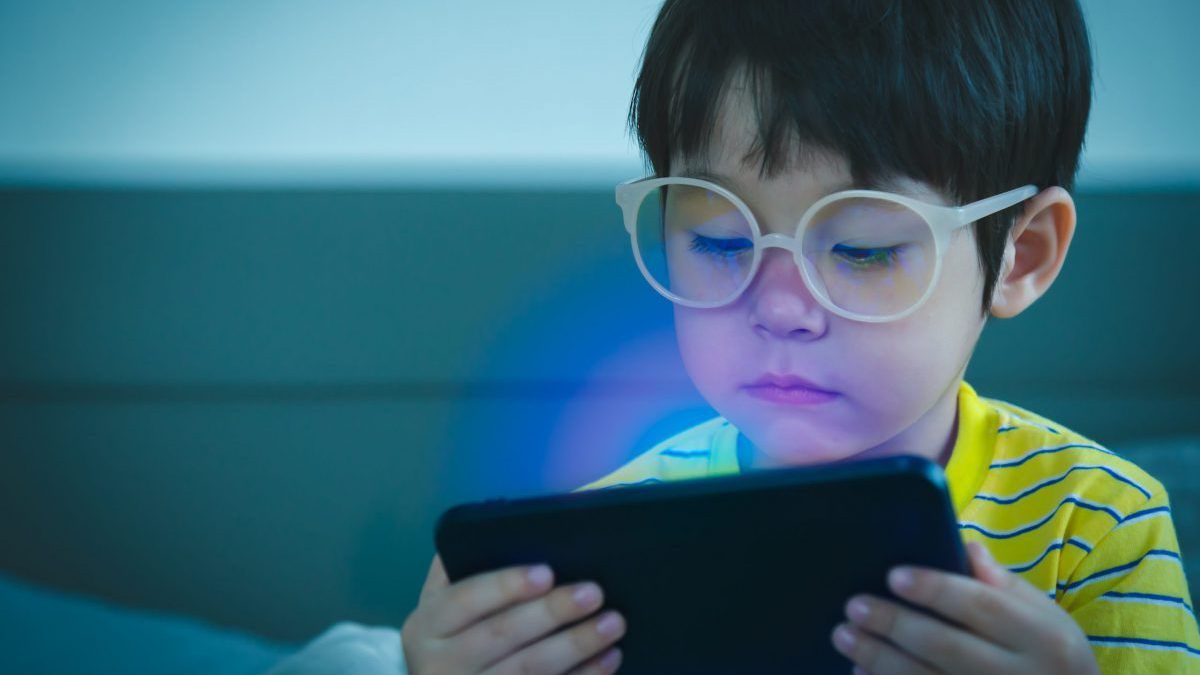Science
Examining the posture of myopic children during various near tasks

In this article:
Paper title: Influence of Near Tasks on Posture in Myopic Chinese Schoolchildren
Authors: Bao, Jinhua; Drobe, Björn; Wang, Yuwen; Chen, Ke; Seow, Eu Jin; Lu, Fan
Date: 2015
Reference: Bao. J, Drobe, Björn. W, Yuwen. C et al. Influence of Near Tasks on Posture in Myopic Chinese Schoolchildren. Optom and Vis Sci. 2015; 92 (8):908-915. [Link to open access article]
Summary
This study examined the working distance and head posture of 142 Chinese myopic children during three near tasks (reading, writing and video game). The children were aged 6-13, with a mean age of 9.20± 3.62 years. The shortest working distance (21.3±5.2 cm) and largest head declination (63.5±12.2 degrees) was observed while the children played video games. To imagine a large head declination, think of a chin-to-chest posture. Reading occurred at a mean of 27cm and writing at a mean of 25cm working distance. Regarding head declination, this was measured at around 37 degrees for reading and 45 degrees for writing.
This highlights the importance of educating children on the “Elbow Rule” to maintain a reasonable working distance and head posture, even when engaging in leisure activities like video games; and eye care practitioners explaining that good visual hygiene practices applies to video games as well as reading and writing.
Interestingly, no relationship was found between degree of myopia and working distance or head declination. The average accommodative lag for the children was 1.59±0.56D at 33cm, with children being divided into two lag groups based on median accommodative lag (high vs low). There was no difference in the working distance or head declination between the two lag groups. The average working distance across tasks was 24.5cm.
In view of these findings, the authors suggest the adoption of a 25cm near vision distance during optometric testing to reflect real-life habits. Importantly, this data reflects 3 minutes of each task and further research is required to investigative visual habits over an extended time frame. This research demonstrates that working distance decreases between reading, writing and playing video games.
What does this mean for my practice?
Clinically, this reminds us of the close working distances that children adopt during many near tasks, particularly video games. Eye care practitioners should be cognisant of this, and consider implementing a closer working distance (25cm) during eye testing in order to reflect real-life habits, as well as regularly educating patients and parents on good visual hygiene.
What do we still need to learn?
Interestingly, this paper found no relationship between degree of myopia, accommodative lag and working distance or head declination. Further research is required to investigate the relationship between development and progression of myopia and working distance in children, as well as examining posture over a longer time period.
Abstract
Title: Influence of Near Tasks on Posture in Myopic Chinese Schoolchildren
Authors: Bao, Jinhua; Drobe, Björn; Wang, Yuwen; Chen, Ke; Seow, Eu Jin; Lu, Fan
Purpose: To investigate near-vision posture in Chinese myopic schoolchildren and compare near-vision posture during different near-vision tasks (i.e., playing video games, reading, and writing).
Methods: The study investigated 120 myopic children (grades 1 through 6 and aged 6 to 13 years). An electromagnetic motion-tracking system was used for continuous measurements of the working distance and head declination of the subjects while they were playing video games or reading or writing at a desk. The reading and writing documents were adjusted by grade level (i.e., grades 1 to 2, 3 to 4, and 5 to 6). For analysis, the subjects were grouped in two refractive groups according to their median spherical equivalent refractive error (−1.50D).
Results: The myopic schoolchildren used close working distances for all tasks: 21.3 ± 5.2 cm (video games), 27.2 ± 6.4 cm (reading), and 24.9 ± 5.8 cm (writing). The mean head declinations were 63.5 ± 12.2 deg (video games), 37.1 ± 12.8 deg (reading), and 44.5 ± 14.1 deg (writing). Working distance decreased significantly across time for the reading and writing tasks (p < 0.001). Head declination increased significantly across time only for the reading task (p < 0.001). Grade level significantly influenced working distance, but the difference was not significant when working distance was adjusted by the subject’s size. No differences were observed within the refractive or the accommodative lag groups in terms of the posture data (p > 0.05). Working distance was negatively correlated with head declination (r = −0.53, p < 0.001).
Conclusions: Close working distances were observed for Chinese myopic schoolchildren. The attention dedicated to each task, the task difficulty, and the page/screen size may affect near working distance and head declination. Handheld video games were associated with the closest working distance, which may be a risk factor for myopia progression, according to previous studies.
Meet the Authors:
About Clare Maher
Clare Maher is a clinical optometrist in Sydney, Australia, and a third year Doctor of Medicine student, with a keen interest in research analysis and scientific writing.
Enormous thanks to our visionary sponsors
Myopia Profile’s growth into a world leading platform has been made possible through the support of our visionary sponsors, who share our mission to improve children’s vision care worldwide. Click on their logos to learn about how these companies are innovating and developing resources with us to support you in managing your patients with myopia.











